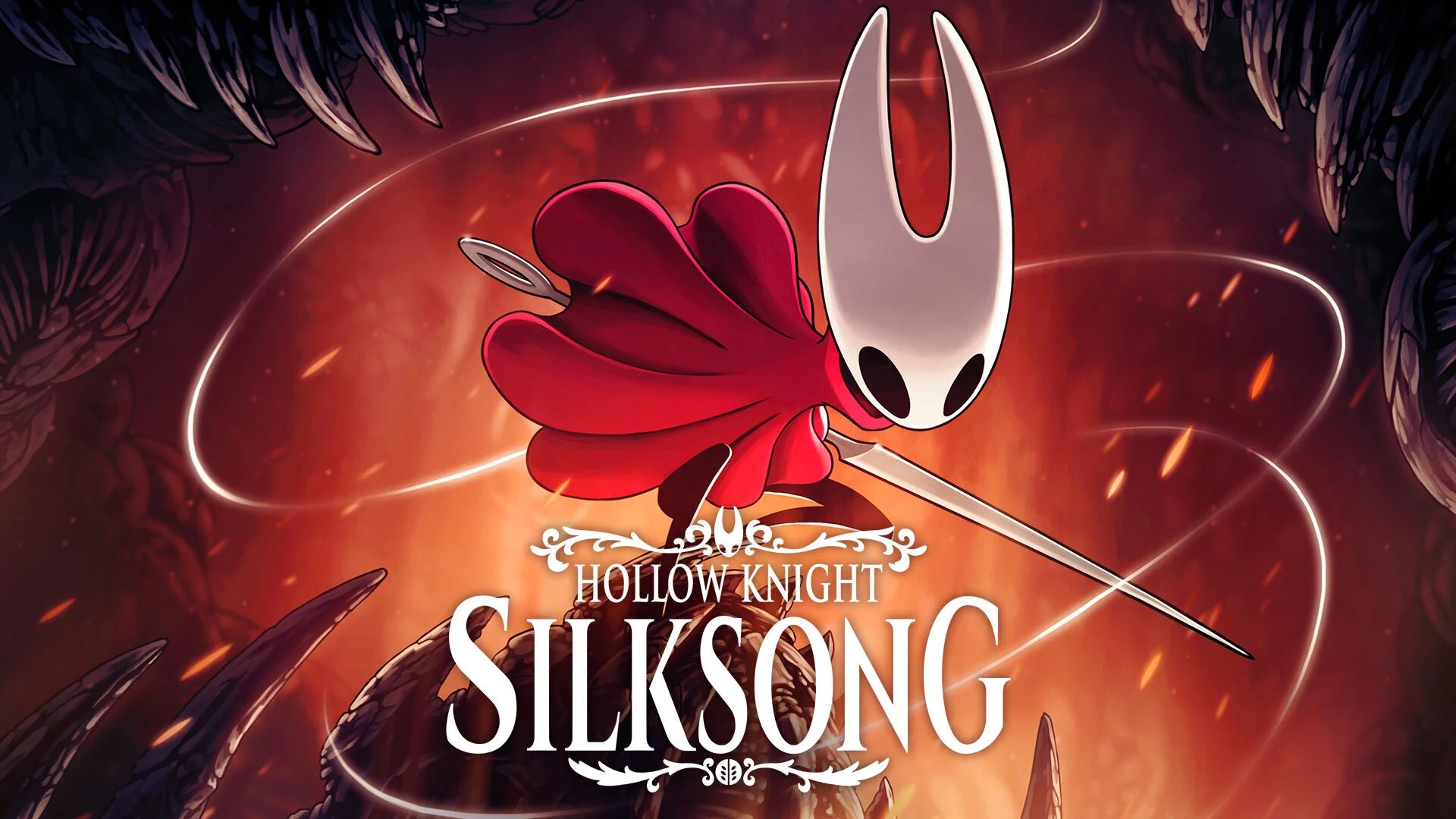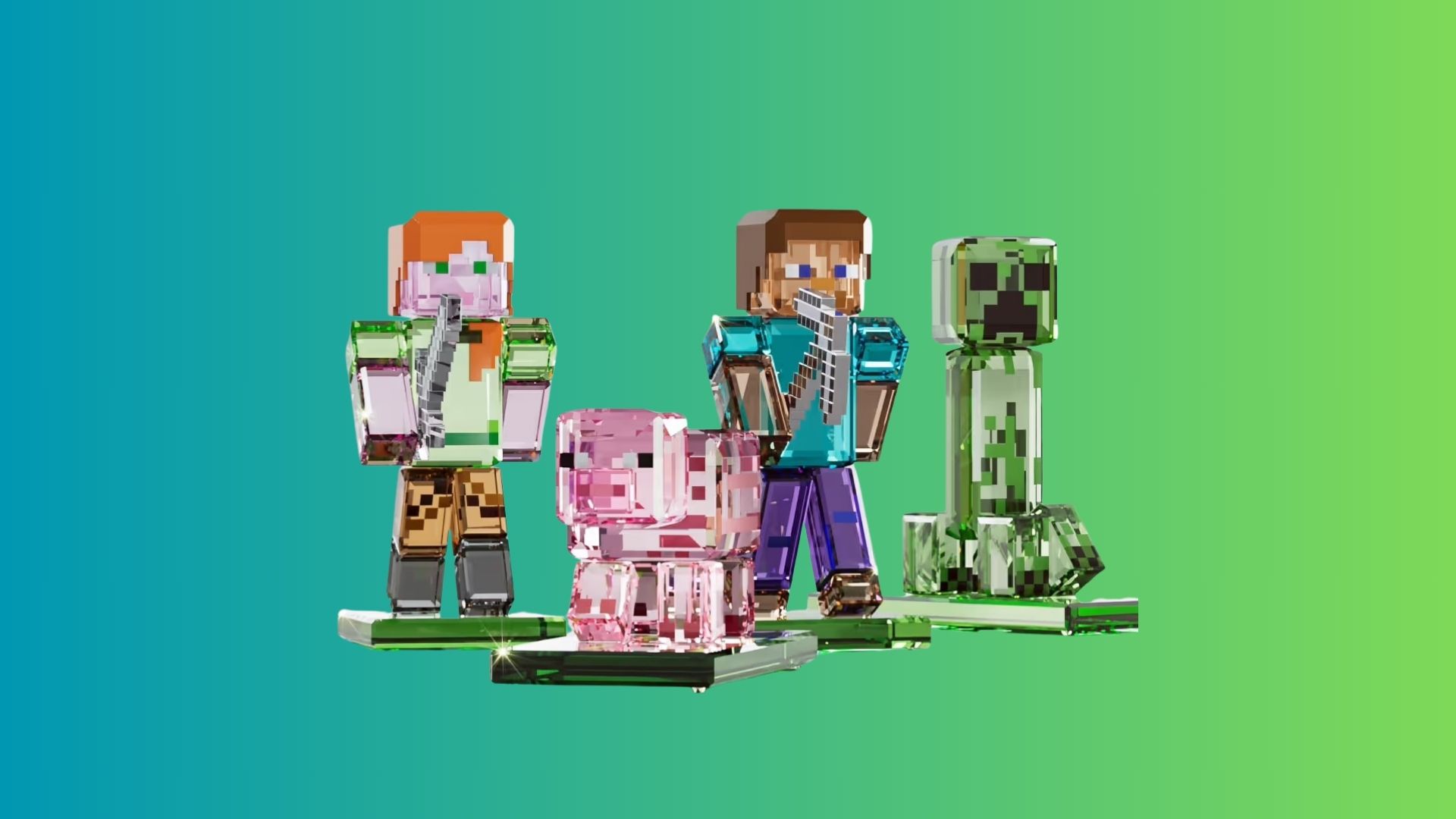
As we get older, we tend to find our priorities changing.
No longer is it easy to go out on the lash on a Saturday night and drag ourselves out of bed for a kickabout in the park the following morning.
One of the two generally has to make way, and – for those of us with growing families – there are some weeks where both will be sacrificed.
Suddenly a whole two months will have passed without a big club night, to the point where they’re in danger of dying out, and catching three or four familiar seconds of a tune will give you pangs of nostalgia for your early twenties.
You want to get it back somehow, but it feels impossible. You know you can’t take as many drugs as you did in your heyday, while the pivot-to-family means you can’t even handle your booze to the same degree.
This doesn’t mean the hunger for dance music has disappeared, though. You came to realise you actually enjoyed it in its own right, and it wasn’t just a conduit for drink and drugs. Which makes it even more of a shame that it’s so hard to find away from an environment where that kind of excess is expected.
And besides, these days your only opportunity to even get out of the house for an hour or two on a regular basis is the gym. What are you supposed to do, get a DJ to lay down some beats while you power through your cardio and weight training?
Get exclusive shortlists, celebrity interviews and the best deals on the products you care about, straight to your inbox.
Actually, yes.

“I think we’ve got a generation at the moment of a lot of young clubbers who aren’t going out and doing that any more,” Cici Cavanagh tells me.
Cavanagh, who has worked in London and Ibiza, is one of a rotation of DJs involved in the ‘September Sound’ project from central London health clubs Third Space.
On Thursday nights throughout the month, members have been treated to live music while they work out, to see if the sweat and adrenaline from an intensive workout will marry well with the sort of tunes you’d be more used to alongside the sweat and adrenaline from a 3am rave.
I stopped by last week for a PT session with Third Space trainer Michael Calvin, with the backdrop of Cavanagh’s tunes, to see if I – a gym hermit and inefficient clubber – could be converted.
Full disclosure: it’s been about six months since I last went to the gym. I quit my last one when I moved into a new flat, with the intention of signing up to somewhere near my new place, but I quickly learned I can’t be trusted to keep promises to myself.
So yeah, if you look at one of the photos below and think to yourself, “Is that guy OK? He looks like he’s dying”, there’s your explanation.
I’m also the sort of person who normally wears headphones when (if) working out, because honestly who has the time to talk to people in 2017, so I was a little sceptical.
Not only would I be doing a solid hour of exercise without the comfort blanket of a carefully curated playlist, but I’d be doing it while surrounded by people considerably better looking and in considerably better shape than me. It’s like that nightmare where you show up for an exam you haven’t revised for, only with a more unfamiliar soundtrack.
However, despite my initial doubts, it actually works. The music is loud but not too loud, making use of the gym’s multiple floors and rooms, but it’s prominent enough that plenty of people pause their workout to head up to the DJ booth and find out the name of a track.

“I’ll always have people coming up to me, even here, asking if they can Shazam the tune I’m playing,” Cavanagh tells me.
“That shows people are listening and they’re going to go home and take something away from what I’ve done.”
As I work my way through squats, jumps and a bunch of other exercises I’ve never even been aware of before, the music is noticeable but not intrusive. I might still sometimes prefer to go with headphones for solo exercises, especially for running or cycling, but for a PT session it does the trick.
Calvin, my trainer for the hour’s session, definitely sees the benefits, both for his own workouts and those he’s leading for others.
I definitely feel as though I’m being pushed to go harder than usual – sure, maybe it’s the motivation from a professional as well as the live DJ, but I feel like both factors are playing a part.
“I like the idea that when someone nudges you to ask how many sets you’ve got left they’re following the same kind of rhythm; that way you’re in tune with them as well as yourself,” he says.
“If I’m PTing a session it’s about getting the point across, and I can have someone who doesn’t speak the same language or doesn’t have the same sort of things going on, and yet as soon as I give them the hand signals and go ‘4, 3, 2, 1’, they can suddenly follow it, and I think the music makes that really cool.”

I dread sharing my own horrible taste in music with others at the best of times, so I was pretty hesitant when it came to letting these guys run the rule over my own workout playlist - but that’s what they asked me to do.
Having been told by Calvin about the importance of tempo, and especially about ramping up pace for cardio exercises after telling him the majority of my exercise is longer-distance running, I try to be selective.
Obviously I fear the worst. Surely the assertion that I could manage an uninterrupted hour of exercise without my internal organs vacating my body was already one lie too far.
However, Cavanagh gets back to me over email to describe it as “An ideal gym playlist with driving force to keep your stamina up while working out and a few lower tempo tracks for recovery in between excercises”.
Calvin concurred, telling me: “Whilst this whole playlist is high tempo, the varying and increasing tempo’d songs will keep you engaged and energised throughout your workout”.
Proof, if it were ever needed, that I am a genius whose opinion should be trusted at all times.
So, can something like September Sound have enough of an impact to make gym DJs the norm and not the exception?
Like fitness itself, enjoyment of certain genres of music can often move in waves. If what was popular in the ‘90s and early 2000s hasn’t passed on to future generations, but is following its forebears around, then maybe this is the logical next step.
“Our consumption of music is changing and there’s a lot of people who do want to go out and enjoy and listen to dance music without having to go out and drink or… do other things,” Cavanagh adds.
“I think it’s really important for dance music and dance music culture in general to not just always be surrounded by bars and nightclubs.”
Obviously there are some health benefits to organised exercise, in the same way there are health benefits to taking fewer drugs, but what’s the science behind it?
“The initial high from exercise is produced by the release of the opiate-peptide commonly know as “endorphins” [and] along with endorphins, exercise also increases your brains ability to use serotonin in the blood,” Third Space Elite Trainer Andy Vincent tells me.
“Another important neurotransmitter is dopamine which affects our emotional response, our ability to feel pleasure and controls our reward centres. Small achievements in the gym such as hitting personal best on a lift or distance-based activity can increase dopamine production.”
Dopamine and serotonin can be released by using drugs such as MDMA, but the substance causes an imbalance to the point where the brain sees its levels of the neurotransmitters depleted later on – essentially what we know as a comedown.
There’s a marked contrast with exercise when it comes to the after-effects, explaining the logic of accompanying it with similar music to that which you’d hear while on pills, but the release of the same chemicals won’t leave you out of action for a day or two afterwards.
“Training regularly increase these opiate chemicals (endorphins) and neurotransmitters,” Vincent adds.
“The pleasure we get from these are both legal and good for you long-term. They work with your body’s design, not against it, and wind up benefiting your mind-body connection in ways you probably don’t even realise.”
At the end of my session, it genuinely felt like I’d achieved something.
There’s an argument that it’s hard not to feel like that when you’re caked in sweat and gasping for breath, of course, but there’s a difference when it is, to all intents and purposes, generated naturally.
Am I going to stop clubbing altogether off the back of this? Probably not, but it has left me with the feeling it might not be such a big ask when big nights out and my body stop seeing eye to eye in the ways they did when I was younger.
Oh, and the best part? I’ve already got a headstart when it comes to pacing my playlist. Now all I need to do is hack the gym’s systems and stick my tunes on for everyone else to enjoy.
(Photos: Alessia Armenise)

